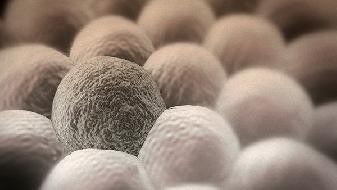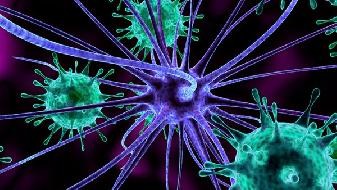It has been two years since COVID-19 made our life difficult. We know that the common signs of people infected with COVID-19 include respiratory symptoms, fever, cough, shortness of breath and dyspnea. It is reported that COVID-19 has been detected in wild animals in Canada for the first time! What exactly is going on?

COVID-19 was first detected in wild animals in Canada. On December 1, local time, the Ministry of environment and Climate Change of Canada issued a press release announcing that it was the first time that COVID-19 was found in wild animals in Canada. The Canadian National Center for Exotic Animal Disease found COVID-19 in a wild white tailed deer in Estrie, Quebec from November 6 to 8. The report said that this is the first time that COVID-19 has been detected in wild animals in Canada. At present, little is known about the transmission and impact of this virus in wild animal populations. Canada has reported this discovery to the World Health Organization. The Ministry of Environment and Climate Change of Canada has warned people to "take additional precautions, such as wearing a suitable mask," when contacting deer. However, there has been no case of COVID-19 transmitted from deer to humans. Up to now, COVID-19 has been detected in a variety of animals around the world, including farmed animals such as minks, cats, dogs, ferrets, and tigers, lions, gorillas, cougars, otters, etc. in zoos. How to prevent wild animals from spreading COVID-19
1. Avoid contacting livestock, wild animals and their excreta and secretions, and avoid purchasing live birds and wild animals.

2. Avoid going to animal farms and slaughterhouses, live poultry markets or stalls, wildlife habitats, or other places. When it is necessary to go, take precautions, especially for occupational exposure groups.

3. Avoid consuming wild animals. Do not consume animals and their products that have already fallen ill; To purchase chilled poultry meat from legitimate channels, it is necessary to fully cook the poultry meat, eggs, and milk. When handling fresh products, utensils should be separated from raw and cooked and cleaned in a timely manner to avoid cross contamination.






Comments (0)
Leave a Comment
No comments yet
Be the first to share your thoughts!